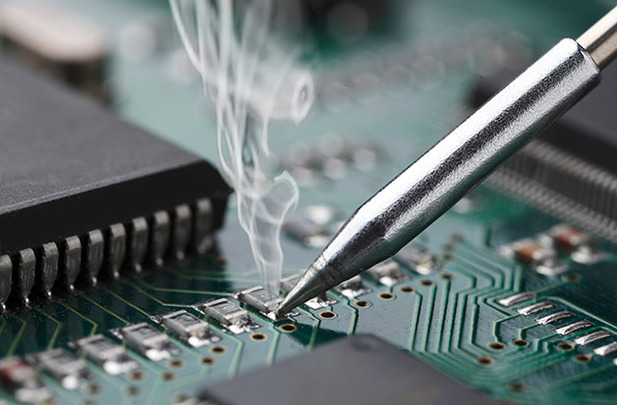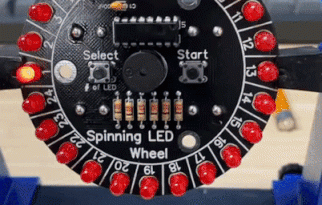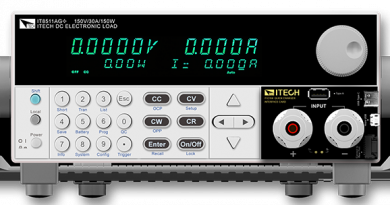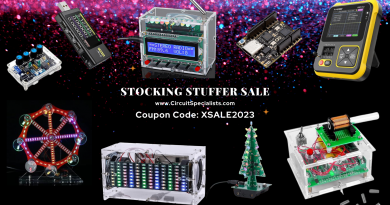Basic Indoor Soldering Station Setup
The following is a list of must-have items for an indoor soldering station setup that focuses on safety and organization. Makers today design, build and recycle their Printed Circuit Boards (PCBs). Needless to say, if you are soldering inside, it is your responsibility to ensure the safety of your family and everyone around you. The following is a list of must-have items for indoor soldering that focus on safety and organization.
A good trait that every Maker should have is the ability to keep track of your parts, tools, and equipment. Especially, if you want to repair old circuit boards or old phones where the manufacturer stops making replacement parts. A tidy work area will also allow you to produce quality images for your product pages.
The list of items below will be rated by their importance regarding our focus on safety and organization.
Table of Contents
- Fume Extractor.
- Soldering Station.
- Silicone Work Mat.
- Hot air gun.
- Lamp with LED and magnifier.
- Stainless Steel Anti Static Anti Magnetic Precision Tweezer Set.
- Soldering tip.
Fume Extractor with a Mechanical Arm
One of the most overlooked, must-have items for an indoor soldering station setup is a fume extractor. The fume extractor is responsible for sucking the air around the soldering area and filtering the air. This requires a large fan to provide a sufficient level of airflow. Therefore, most fume extractors are quite loud, however. This is due to the volume of the airflow that is needed to be drawn through the filter. That sound level is outweighed by the mitigation of the potentially toxic soldering smoke. Without the correct filter system, the smoke would be circulating indoors for hours after a soldering job.
Circuit Specialists provide many different types of fume extractors, one of my favorites is the fume extractor ZD-153A. This is a fume extractor with a mechanical arm as a mounting system. Leave the cool respect aside, with the mechanical arm, the fume extractor could be set anywhere in the operating half-circle. You can also set the fume extractor right over the top of the working area.
Programmable Soldering Station
Investing in a reliable and durable soldering station is something to think about. A reliable soldering station will save you time repairing cold solder joints, burn projects all from personal experiences 🙂
I have been using the soldering station CSI Premier 75W, a programmable soldering station, for the last three years and I have no complaints. The unit has three memory settings for temperature which is very useful. Especially when I find a couple of perfect temperatures that I am comfortable working with.
I know this sounds like an obvious point, however, a reliable and durable soldering station is not something to overlook. One of the common ways to grade a soldering station is how fast it heats up. Another `Must-Have’ in a modern soldering station is a digital display. This feature will provide users the ability to control the temperature and further preventing cold solder joints.
Silicon Work Mat
The Silicon Work Mat is one of the most important items in my opinion that every technician should have for their indoor soldering station set up due to a couple of reasons.
- Protecting the soldering tips from damage.
- Not loosing screws from repairing unit.
- Keep dangerous material out of reach.
This is something new, I am very excited to share my opinion. I have been using the legendary green cutting mat for years so this will be interesting. The silicone work mat is different from common work mats. This mat comes with cut-out areas for your tools, accessories, screws, and a cutout area for a circuit board.
Furthermore, the screw area is indexing for a more delicate repair project. One of my favorite features is the magnetic area for screws to keep the screws from rolling around.
Hot-gun with digital temperature display
A hot air gun is a must-have for an indoor soldering station setup for any surface mount project. The hot air gun is required to remove small delicate components that cannot be removed directly with a soldering iron. Furthermore, the hot air gun can be used to reflow the replacement component to the circuit board
The CSI-HOTGUN-3, a hot gun comes with digital temperature control. The hot gun heats up so fast, a short clip below shows how fast a hot air gun heats up.
Using a hot air gun is very similar to traditional soldering. Therefore, we can use the same grading criteria as a soldering iron for a hot air gun. The most important criteria are how quickly it heats up and how the temperature maintains during use. I truly believe a picture is worth a thousand words.
Magnifier LED Lamp with a mechanical arm
As a technician myself, I can vouch for this equipment’s ability to greatly improve working conditions. The operator will not have to squint to try to see if the component makes good contact. The magnifier can also act as a barrier between the operator and solder fumes. This will help the operator to get closer to the soldering area if needed.
Circuit Specialists offers a Magnifier LED Lamp with a mechanical arm, the table lamb ZD-139ALED. This magnifier has an integrated LED ring and mechanical arm mounting system. With the mechanical arm, the magnifier could be set very close to the working area.
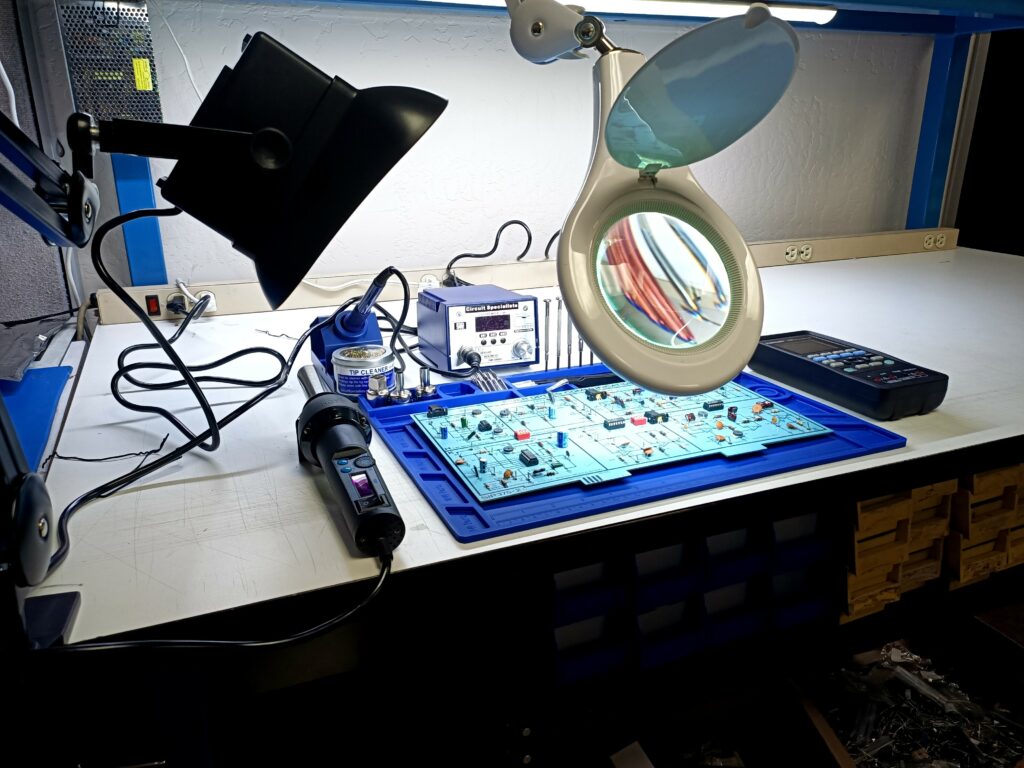
Stainless Steel, Anti-static, Anti-magnetic Precision Tweezer Set
When you start to work with delicate but yet high-temperature components, you will need to learn how to use tweezers. Another bit of advice based on my own personal experience. Tweezers are not just helpful during the reflow process, they can also get you out of trouble.
These are stainless steel anti-static anti-magnetic precision tweezer set from Circuit Specialists. Any circuit board repair specialists should have in their toolbox.
Tweezers are especially useful when the operator needs to handle density electronic components. The tweezer is especially helpful when the operator needs to use a desoldering wire. These soldering wires usually need to get sufficiently hot before the solder will seep up the wire.
Soldering tip
Let’s talk about getting the right soldering tip for the right soldering job. Choosing a soldering tip is all about personal preference. You will often need to try it out yourself to gain the needed experience. The topic of finding the “perfect” soldering tip for a given soldering job has been a good debate topic on Instructable.
I personally like the T-I and T-B from the Ten Tips Set, since I can do most of my repair work with them. Soldering a small sensor module to my Arduino project, however, depends on the soldering temperature and soldering area. For instance, you cannot use the T-B under 300 degrees Celsius for a ten gauge wire and expect a good solder joint.
Conclusion
As a Maker myself, I feel that it is my responsibility to keep the air in my house clean and keep my family members healthy. It doesn’t matter if it is a quick solder job or an hour-long project. I will make sure my fume extractor turns on before I turn on the soldering station without exception. It is very important to me that my projects will not cause any negative effects on my family’s health, especially during this pandemic. I hope that this basic indoor soldering station setup gives you a guideline of needed equipment for indoor soldering.
Furthermore, the working environment should be comfortable and organized since these projects in Maker Pit could take weeks to complete. You do not want to buy ten replacement screws for one missing. I urge that any Makers should practice the same safety protocols to ensure a safe environment for everyone.
